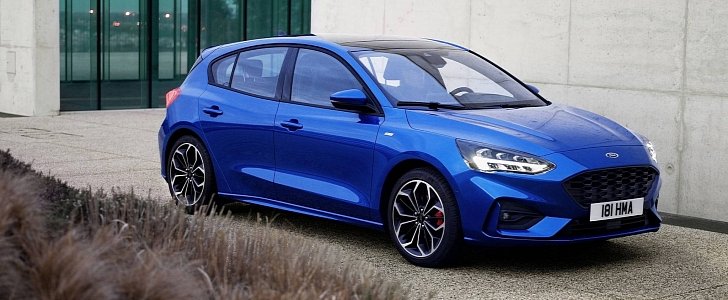Back when the global economic crisis was in full swing, Alan Mulally decided that reducing costs is the way forward for the Ford Motor Company. The former chief executive officer is the man who turned a broken automaker into the industry's comeback kid, saving Ford from Chapter 11 reorganization.
General Motors and Chrysler weren't so lucky, needing special attention from the federal government and Fiat to get their businesses back in order. So how did Ford do it? First things first, slashing the company's vehicle architectures from 30 to nine. Mark Fields, who succeeded Alan Mulally, helped push the plan forward.
Current chief executive officer James Hackett continues the One Ford strategy with his own particularities, and in the long run, the Dearborn-based automaker intends to throttle down to five platforms.
Transitioning to five modular vehicle architectures would help bring down development costs even further, thus improving operating profit in the long run. The information was confirmed by head of product development and purchasing, Hau Thai-Tang, at the J.P. Morgan Auto Conference in New York.
"This is not saying One Ford was wrong," he told Automotive News. "This is building on the strategy of One Ford and evolving from it." The automaker also expects to save "about $7 billion in engineering and product-development costs while reducing by 20 percent the amount of time it takes to bring a vehicle from the sketch board to the showroom."
Synergies are the name of the game, and the trend for the Ford Motor Company is to shift away from passenger cars to utility vehicles. To this effect, the Fusion will turn into an all-road wagon, the Focus will be available exclusively as the Focus Active, and the Mustang will complete the passenger-car lineup in the United States.
As for utility vehicles, electrification plays a significant role in the long run, with Ford working on an all-electric SUV with Mustang styling that bears the codename Mach 1. Lower down the lineup, hybrid and plug-in hybrid powertrain options will be offered. Oh, and don't forget that even the Mustang and F-150 are going hybrid in the coming years!
Current chief executive officer James Hackett continues the One Ford strategy with his own particularities, and in the long run, the Dearborn-based automaker intends to throttle down to five platforms.
Transitioning to five modular vehicle architectures would help bring down development costs even further, thus improving operating profit in the long run. The information was confirmed by head of product development and purchasing, Hau Thai-Tang, at the J.P. Morgan Auto Conference in New York.
"This is not saying One Ford was wrong," he told Automotive News. "This is building on the strategy of One Ford and evolving from it." The automaker also expects to save "about $7 billion in engineering and product-development costs while reducing by 20 percent the amount of time it takes to bring a vehicle from the sketch board to the showroom."
Synergies are the name of the game, and the trend for the Ford Motor Company is to shift away from passenger cars to utility vehicles. To this effect, the Fusion will turn into an all-road wagon, the Focus will be available exclusively as the Focus Active, and the Mustang will complete the passenger-car lineup in the United States.
As for utility vehicles, electrification plays a significant role in the long run, with Ford working on an all-electric SUV with Mustang styling that bears the codename Mach 1. Lower down the lineup, hybrid and plug-in hybrid powertrain options will be offered. Oh, and don't forget that even the Mustang and F-150 are going hybrid in the coming years!

































































































































